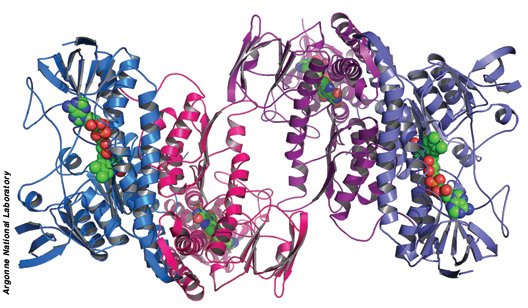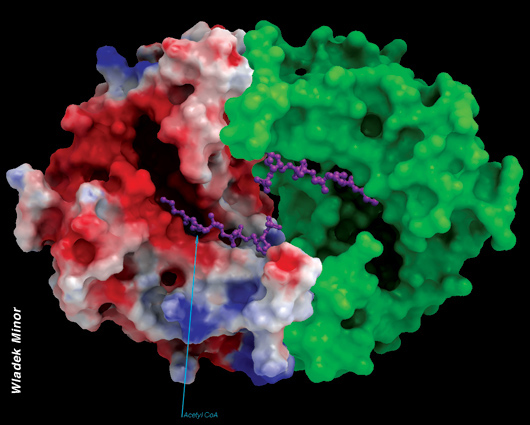
for Structural Bioinformatics Protein Data Bank
Fall 2009
Number 43
|
SF-Tool: A Tool for Crystallographic
Experimental Data Validation
SF-Tool can be accessed along with other programs for data validation and deposition at deposit.pdb.org. Questions, comments, and suggestions should be sent to help@deposit.pdb.org. Meeting with Depositors at the ACA |
|||||||||
|
|||||||||
Deposition Statistics Two structural genomics centers recently made the news for reaching deposition milestones this summer.
In August, investigators at the Center for Structural Genomics of Infectious Diseases (CSGID; csgid.org/csgid) determined their 100th pathogen protein structure in less than two years. Funded by the National Institute of Allergy and Infectious Diseases, the CSGID applies structural genomics approaches to potential drug targets from NIAID category A, B, and C priority pathogens, with the goal of solving 500 structures over a five-year period.
Current structural genomics news, features, and highlights are available from the PSI Structural Genomics Knowledgebase at kb.psi-structuralgenomics.org. 1. A.A. Vaguine, J. Richelle, S.J. Wodak. (1999) SFCHECK: A unified set of procedures for evaluating the quality of macromolecular structure-factor data and their agreement with the atomic model. Acta Crystallogr D55:191-205. |
E-mail: info@rcsb.org • Web: www.pdb.org • FTP: ftp.wwpdb.org
The RCSB PDB is a member of the wwPDB (www.wwpdb.org)



